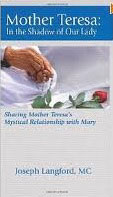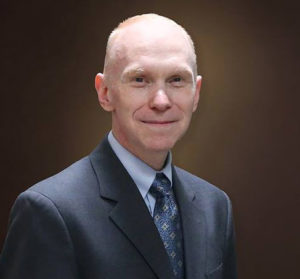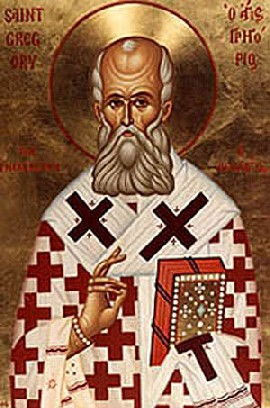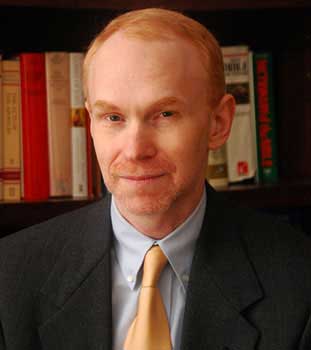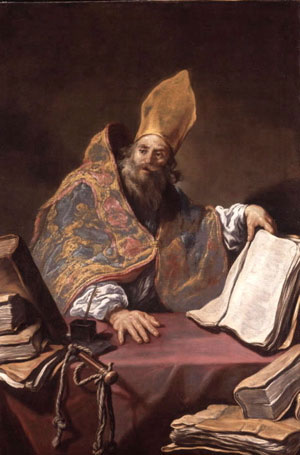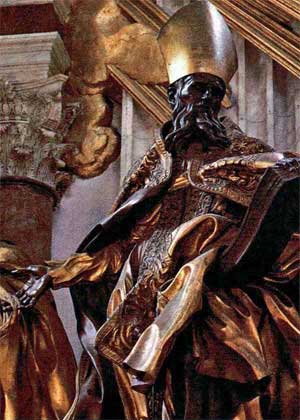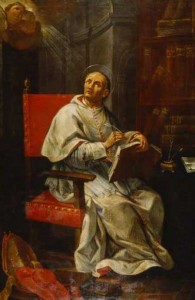John Damascene extends these fundamental ideas to the veneration of the relics of Saints, on the basis of the conviction that the Christian Saints, having become partakers of the Resurrection of Christ, cannot be considered simply “dead”. Numbering, for example, those whose relics or images are worthy of veneration, John states in his third discourse in defence of images: “First of all (let us venerate) those among whom God reposed, he alone Holy, who reposes among the Saints (cf. Is 57: 15), such as the Mother of God and all the Saints. These are those who, as far as possible, have made themselves similar to God by their own will; and by God’s presence in them, and his help, they are really called gods (cf. Ps 82[81]: 6), not by their nature, but by contingency, just as the red-hot iron is called fire, not by its nature, but by contingency and its participation in the fire. He says in fact : you shall be holy, because I am Holy (cf. Lv 19: 2)” (III, 33, col. 1352 a). After a series of references of this kind, John Damascene was able serenely to deduce: “God, who is good, and greater than any goodness, was not content with the contemplation of himself, but desired that there should be beings benefited by him, who might share in his goodness: therefore he created from nothing all things, visible and invisible, including man, a reality visible and invisible. And he created him envisaging him and creating him as a being capable of thought (
ennoema ergon), enriched with the word (
logo[i] sympleroumenon), and orientated towards the spirit (
pneumati teleioumenon)” (II, 2,
pg 94, col. 865a). And to clarify this thought further, he adds: “We must allow ourselves to be filled with wonder (
thaumazein) at all the works of Providence (
tes pronoias erga), to accept and praise them all, overcoming any temptation to identify in them aspects which to many may seem unjust or iniquitous, (
adika), and admitting instead that the project of God (
pronoia) goes beyond man’s capacity to know or to understand (
agnoston kai akatalepton), while on the contrary only he may know our thoughts, our actions, and even our future” (ii, 29,
pg 94, col. 964c). Plato had in fact already said that all philosophy begins with wonder. Our faith, too, begins with wonder at the very fact of the Creation, and at the beauty of God who makes himself visible.The optimism of the contemplation of nature (
physike theoria), of seeing in the visible creation the good, the
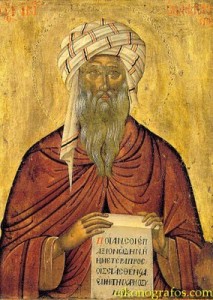
beautiful, the true, this Christian optimism, is not ingenuous: it takes account of the wound inflicted on human nature by the freedom of choice desired by God and misused by man, with all the consequences of widespread discord which have derived from it. From this derives the need, clearly perceived by John Damascene, that nature, in which the goodness and beauty of God are reflected, wounded by our fault, “should be strengthened and renewed” by the descent of the Son of God in the flesh, after God had tried in many ways and on many occasions, to show that he had created man so that he might exist not only in “being”, but also in “well-being” (cf.
The Orthodox Faith, II, 1, pg 94, col. 981). With passionate eagerness John explains: “It was necessary for nature to be strengthened and renewed, and for the path of virtue to be indicated and effectively taught (
didachthenai aretes hodòn), the path that leads away from corruption and towards eternal life…. So there appeared on the horizon of history the great sea of love that God bears towards man (
philanthropias pelagos)”…. It is a fine expression. We see on one side the beauty of Creation, and on the other the destruction wrought by the fault of man. But we see in the Son of God, who descends to renew nature, the sea of love that God has for man. John Damascene continues: “he himself, the Creator and the Lord, fought for his Creation, transmitting to it his teaching by example…. And so the Son of God, while still remaining in the form of God, lowered the skies and descended… to his servants… achieving the newest thing of all, the only thing really new under the sun, through which he manifested the infinite power of God” (III, 1,
pg 94, col. 981c-984b).
We may imagine the comfort and joy which these words, so rich in fascinating images, poured into the hearts of the faithful. We listen to them today, sharing the same feelings with the Christians of those far-off days: God desires to repose in us, he wishes to renew nature through our conversion, he wants to allow us to share in his divinity. May the Lord help us to make these words the substance of our lives.
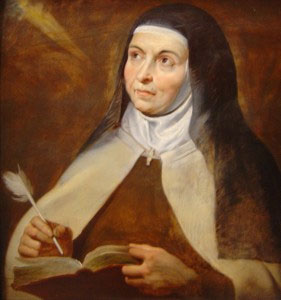

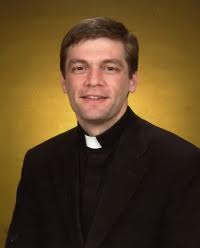
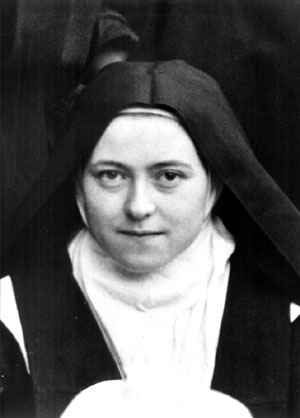
 “Therese, Faustina and Bernadette: Three Saints Who Challenged My Faith, Gave Me Hope, and Taught Me How to Love” ties beautifully together the theological virtues (faith, hope, and love) and shows us how they are particularly lived out in the lives of three of the most beloved saints of our modern era. Author Elizabeth Ficocelli shares her personal relationship with these beautiful saints and how they helped her to grow in her understanding and trust in Christ. More than just a biography of each saint, this work is a road map for the spiritual life based on the lives of women who are joyfully showing us the way.
“Therese, Faustina and Bernadette: Three Saints Who Challenged My Faith, Gave Me Hope, and Taught Me How to Love” ties beautifully together the theological virtues (faith, hope, and love) and shows us how they are particularly lived out in the lives of three of the most beloved saints of our modern era. Author Elizabeth Ficocelli shares her personal relationship with these beautiful saints and how they helped her to grow in her understanding and trust in Christ. More than just a biography of each saint, this work is a road map for the spiritual life based on the lives of women who are joyfully showing us the way.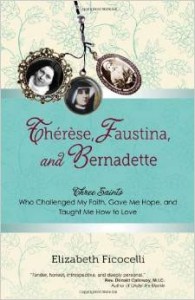
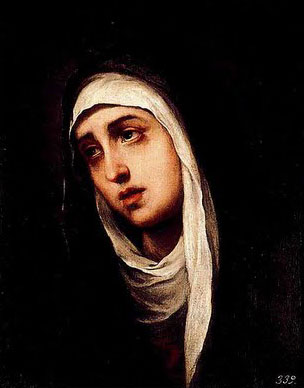
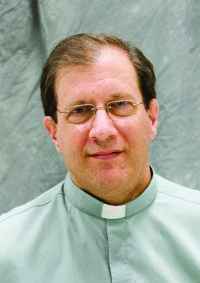
 “Sitting with Mother Teresa, watching her tend to the sick and the dying, feeling the aura of holiness around her person, seeing her bent in prayer, lost in God–how often I asked myself if I was not seeing something of Our Lady, experiencing a glimpse of the Virgin of Nazareth” –-Author and co-founder of Mother Teresa’s priests’ community, Joseph Langford, MC
“Sitting with Mother Teresa, watching her tend to the sick and the dying, feeling the aura of holiness around her person, seeing her bent in prayer, lost in God–how often I asked myself if I was not seeing something of Our Lady, experiencing a glimpse of the Virgin of Nazareth” –-Author and co-founder of Mother Teresa’s priests’ community, Joseph Langford, MC